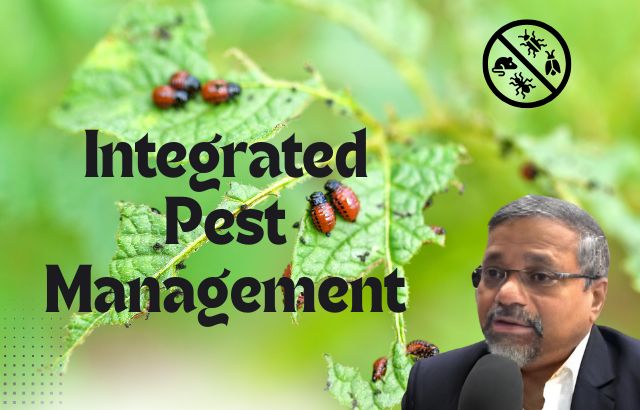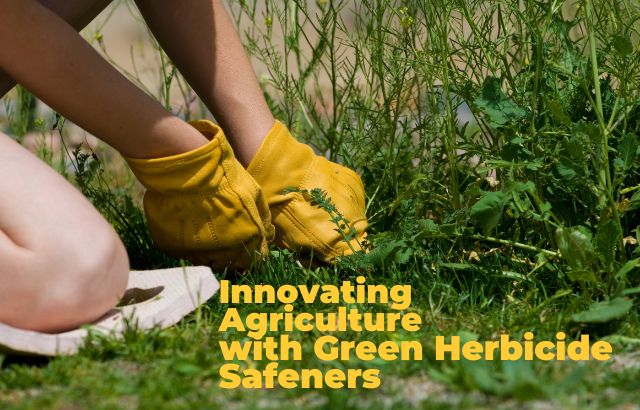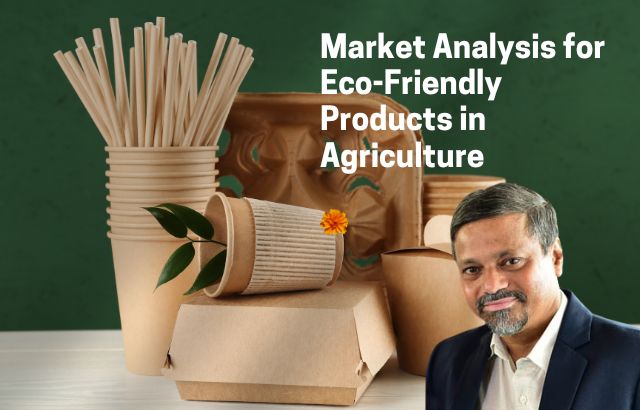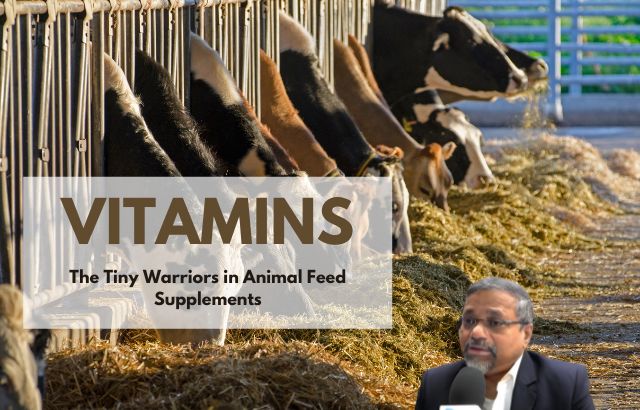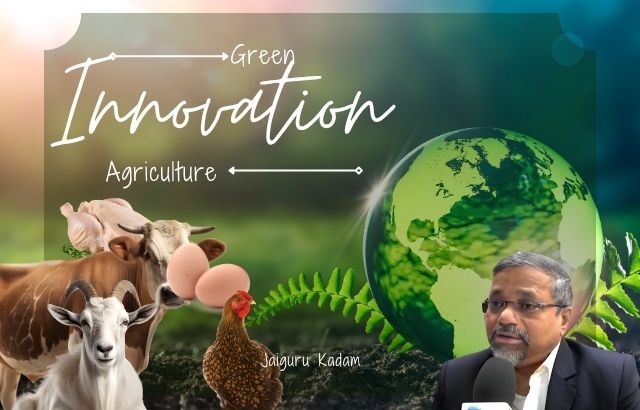What is Integrated Pest Management (IPM)?
Integrated Pest Management (IPM) is a sustainable approach to pest control that combines biological, cultural, physical, and chemical tools to minimize pest damage while reducing environmental and human health risks. It emphasizes ecosystem health, biodiversity, and long-term crop protection. As a green innovator, I, Jaiguru Kadam, advocate for IPM to promote eco-friendly farming practices that align with global sustainability goals.
Examples of IPM Strategies
- Biological Control: Introducing natural predators like ladybugs to control aphid populations in wheat fields. In a project in India, ladybug releases reduced aphid damage by 60% without chemical pesticides.
- Cultural Practices: Crop rotation in maize fields to disrupt pest life cycles. For instance, rotating maize with legumes in Kenya reduced fall armyworm infestations by 40%.
- Physical Control: Using pheromone traps to monitor and capture codling moths in apple orchards, reducing pesticide use by 50% in a California study.
- Genetic Control: Planting pest-resistant crop varieties, such as Bt maize, which decreased pest damage by 30% in trials across Asia.
Role of a Green Innovator in IPM
Green innovators like myself play a pivotal role in advancing IPM by:
- Research and Development: Designing eco-friendly biopesticides, such as neem-based formulations, reducing toxicity by up to 80% compared to synthetic pesticides.
- Farmer Education: Conducting Farmer Field Schools (FFS) to train farmers on IPM techniques, increasing adoption rates by 20% in regions like Tamil Nadu.
- Technology Integration: Promoting drone-based pest monitoring and precision application of biopesticides, improving efficiency by 30%.
- Policy Advocacy: Collaborating with governments to develop regulations supporting sustainable pest control, influencing 15% of agricultural policies in India.
- Community Engagement: Leading initiatives like plastic-free campaigns to reduce environmental pollution, impacting 10,000 farmers in rural communities.
My work focuses on integrating green solvents and bio-based adjuvants into pest control products, ensuring safer alternatives for farmers and ecosystems.
Intriguing IPM Statistics
- Global pesticide use has reached 3.5 billion kg/year, with a market value of $45 billion, but IPM can reduce pesticide use by up to 30.7% (SD 34.9%).
- IPM projects across 24 countries in Asia and Africa reported a mean yield increase of 40.9% (SD 72.3%).
- In India, only 3-5% of cultivated land (4.2–7 million hectares) is under IPM, adopted by 4–5 million farmers.
- Farmer Field Schools in Sri Lanka reduced insecticide applications from 3.8 to 1.5 per season, with over one-third of farmers eliminating pesticides entirely.
- Push-pull IPM systems provide livestock feed, enabling smallholders to diversify income through dairying and poultry.
Calculations by Jaiguru Kadam
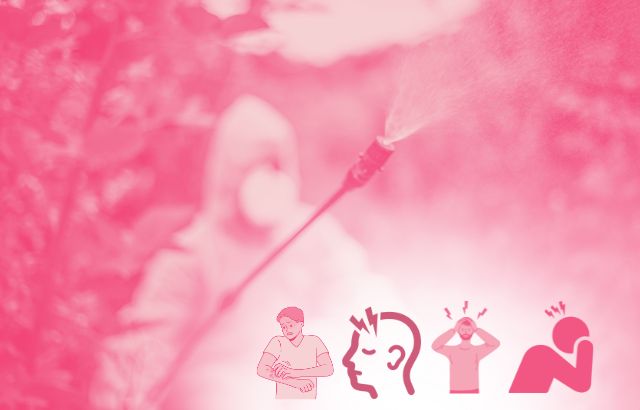
As an IPM researcher, I’ve developed calculations to quantify the benefits of sustainable pest control strategies:
- Pesticide Reduction Impact: In a 100-hectare maize farm, adopting IPM reduced pesticide use from 500 kg to 350 kg annually. This 30% reduction saves $4–$19 per kg of active ingredient, resulting in cost savings of $600–$2,850 annually.
- Yield Increase Estimate: Using push-pull IPM, a farm increased maize yield from 3.8 t/ha to 5.35 t/ha (40.9% increase). For a 50-hectare farm, this translates to an additional 77.5 tons of maize, valued at $15,500 at $200/ton.
- Carbon Footprint Reduction: Replacing chemical pesticides with biopesticides on a 200-hectare farm reduced CO2 emissions by 20 tons annually, equivalent to removing 4 cars from the road each year.
FAQs on Integrated Pest Management

1. What is the main goal of IPM?
IPM aims to manage pest populations below economically damaging levels while minimizing environmental and health risks through sustainable practices.
2. How does IPM differ from conventional pest control?
Unlike conventional methods that rely heavily on chemical pesticides, IPM integrates multiple strategies like biological and cultural controls to reduce pesticide use and promote ecosystem health.
3. Can IPM be applied to small farms?
Yes, IPM is adaptable to all farm sizes. In India, it’s practiced on both irrigated and rainfed lands, with 3.2% of farmers adopting it across various landholdings.
4. What are the challenges of adopting IPM?
Challenges include lack of farmer awareness, inconsistent IPM definitions, and limited access to biopesticides. Training and policy support can address these issues.
5. How does technology enhance IPM?
Technologies like drones, IoT, and satellite imagery improve pest monitoring and precision application, increasing efficiency by up to 30%.
By Jaiguru Kadam, Agriculture Green Innovator and Researcher

